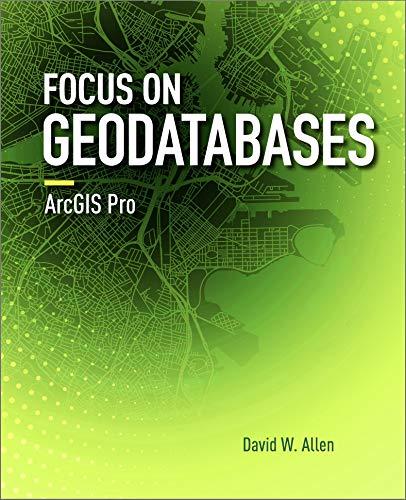Question
Write a java program such that, given a graph, find arrival & departure time of its vertices in DFS. Arrival time is the time at
Write a java program such that, given a graph, find arrival & departure time of its vertices in DFS. Arrival time is the time at which the vertex was explored for the first time in the DFS and Departure time is the time at which we have explored all the neighbors of the vertex and we are ready to backtrack.
below is a sample implementation written in c++
#include
using namespace std;
// Number of vertices in the graph
#define N 8
// data structure to store graph edges
struct Edge {
int src, dest;
};
// class to represent a graph object
class Graph
{
public:
// A array of vectors to represent adjacency list
vector
// Constructor
Graph(vector
{
// add edges to the directed graph
for(int i = 0; i < edges.size(); i++)
{
int src = edges[i].src;
int dest = edges[i].dest;
adjList[src].push_back(dest);
}
}
};
// Function to perform DFS Traversal
int DFS(Graph const &graph, int v, vector
vector
{
// set arrival time of vertex v
arrival[v] = ++time;
// mark vertex as discovered
discovered[v] = true;
for(int i : graph.adjList[v])
if (!discovered[i])
DFS(graph, i, discovered, arrival, departure, time);
// set departure time of vertex v
departure[v] = ++time;
}
int main()
{
// vector of graph edges as per above diagram
vector
{0, 1}, {0, 2}, {2, 3}, {2, 4}, {3, 1}, {3, 5},
{4, 5}, {6, 7}
};
// create a graph from edges
Graph graph(edges);
// vector to store arrival time of vertex.
vector
// vector to store departure time of vertex.
vector
// Mark all the vertices as not discovered
vector
int time = -1;
// Do DFS traversal from all undiscovered nodes to
// cover all unconnected components of graph
for(int i = 0; i < N; i++)
if (!discovered[i])
DFS(graph, i, discovered, arrival, departure, time);
// print arrival and departure time of each
// vertex in DFS
for(int i = 0; i < N; i++)
cout << "Vertex " << i << " (" << arrival[i]
<< ", " << departure[i] << ")" << endl;
return 0;
}
Output:
Vertex 0 (0,11)
Vertex 1 (1,2)
Vertex 2 (3,10)
Vertex 3 (4,7)
Vertex 4 (8,9)
Vertex 5 (5,6)
Vertex 6 (12,15)
Vertex 7 (13,14)
Step by Step Solution
There are 3 Steps involved in it
Step: 1

Get Instant Access to Expert-Tailored Solutions
See step-by-step solutions with expert insights and AI powered tools for academic success
Step: 2

Step: 3

Ace Your Homework with AI
Get the answers you need in no time with our AI-driven, step-by-step assistance
Get Started


